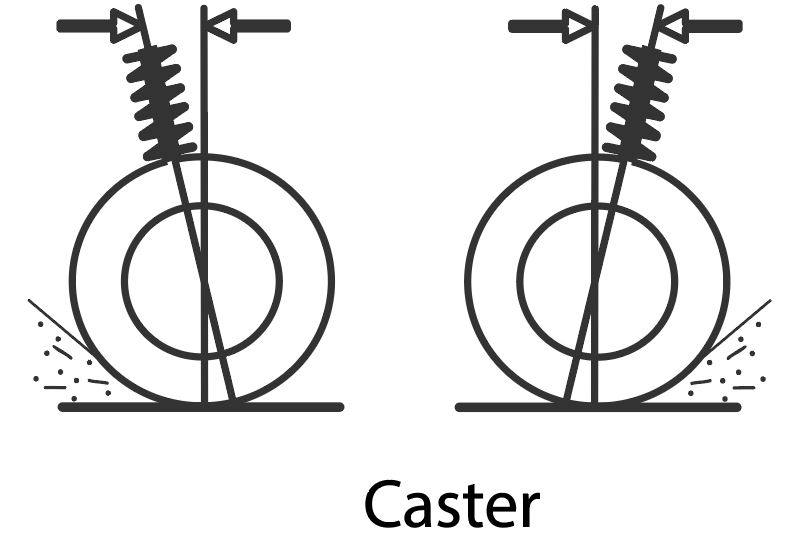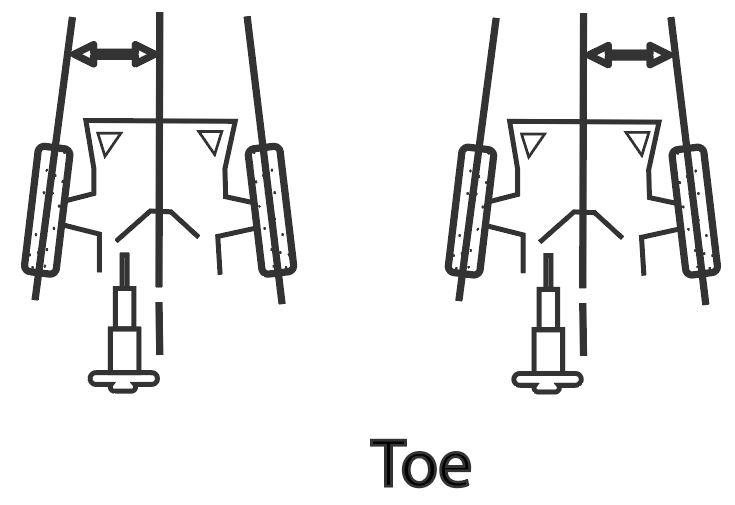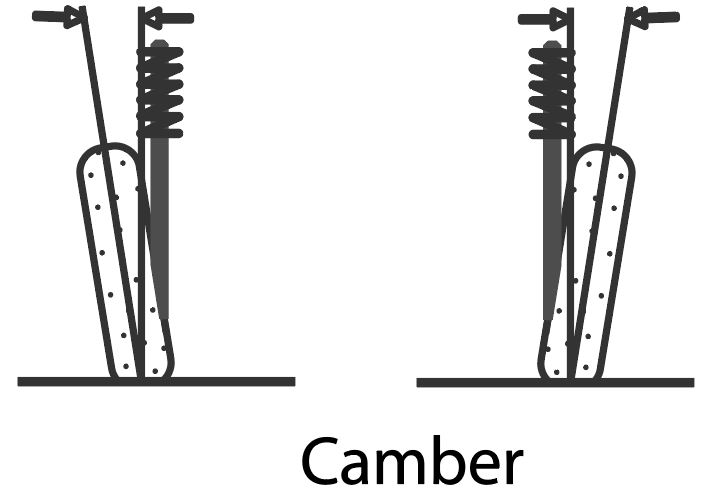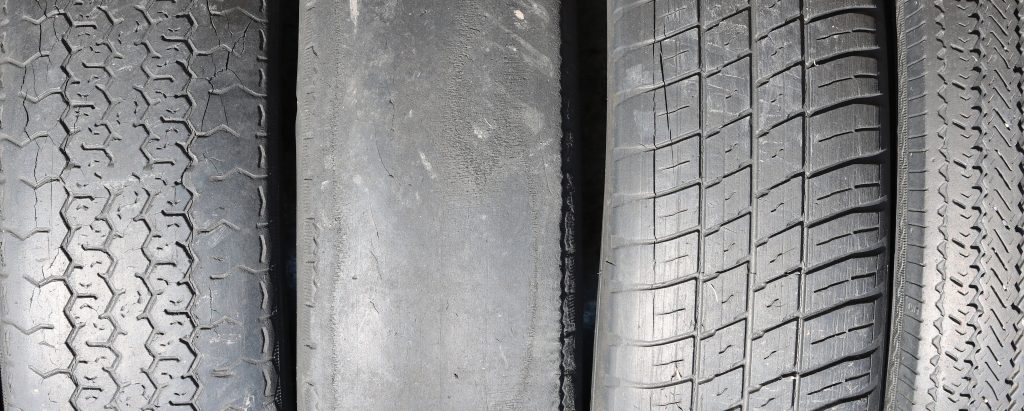Signs Your Vehicle Needs a Wheel Alignment
A proper wheel alignment is key to a safe and enjoyable driving experience. An improper wheel alignment can cause a poor experience, worn vehicle components, and can be dangerous. In this guide, we’ll discuss why this is the case, as well as some of the signs and symptoms of a vehicle in need of a wheel alignment.
What is Alignment?
Your vehicle’s steering and suspension is made up of many complex components that help you maneuver your vehicle, as well as give you a smooth drive. The calibration of these components affects how your tires make contact with the road – your “alignment”. When your vehicle is out of alignment, it can lead to a sub-optimal or even dangerous driving experience.
When referring to your alignment, there are three main measurements that will be referenced:
- Camber- The outward or inward angle of your tire (positive or negative camber) when viewed from the front.
- Toe- The outward or inward angle of the front of your tires (toe out or toe in) when viewed from above.
- Caster – The angle of your tire when viewed from the side.



Why Do Vehicles Fall Out of Alignment?
Normal Conditions
Vehicles over time fall out of alignment as normal wear and tear, such as your tires losing air pressure, taking your tires off and on over the seasons, and various other causes. For this reason, most vehicles need an alignment every two to three years (although your suggested maintenance may be different). This also depends on many factors, such as the environment you drive in.
Unplanned Events/Conditions
Any large and sudden force on your tires and suspension can easily jar your vehicle out of alignment. This includes hitting curbs, hitting deep potholes, tire blowouts, and much more.
If any of your steering or suspension components are prematurely worn, they can easily affect your alignment. In almost all cases, when repairing or replacing these components, your vehicle will require an alignment, as newly installed steering and suspension components will certainly cause your vehicle to be out of calibration.
RELATED RESOURCES:
Here are The Signs You Need an Alignment
Hard or Soft Pulling
In most cases, unless the road you are driving on is particularly angled, your vehicle should travel relatively straight. You should never have to “yank” or forcefully hold your steering wheel to keep your vehicle on a straight path. This is not always observed as a hard pulling; many times, a vehicle in need of an alignment may softly pull: slowly drifting to one side or the other, requiring constant correction.
Crooked Steering Wheel
Generally speaking, your steering wheel should be in a straight position for your vehicle to travel straight. If your steering wheel is in a crooked position or if your steering wheel does not return to center after a turn, you need an alignment.
Vibrations
A bad alignment can cause a steering wheel to vibrate, shake, or pull left and right rapidly. This happens when multiple calibrations are off on opposing sides of your vehicle, causing your wheels to be pulled in separate directions. For example, your two front wheels both being toe outward pulls your vehicle left and right at the same time. If severe enough, your entire vehicle may vibrate.
Uneven Tire Wear
In general, your tires should have an even wear across their tread surface. If you notice that the inside or outside of your tires is wearing at a faster rate, your alignment may be the cause.

Some examples of uneven tread on the edges and centers of tires.
The general wear of all four of your tires should also be relatively consistent, given you are following the suggested intervals for regular tire rotations. If you notice that any one of your four tires is wearing faster than the others, the alignment on that side of your vehicle could be to blame.
RELATED RESOURCES:
Unresponsive Steering
If your vehicle steering feels loose, sloppy, or generally unresponsive, one of the possible causes could be an improper wheel alignment.
